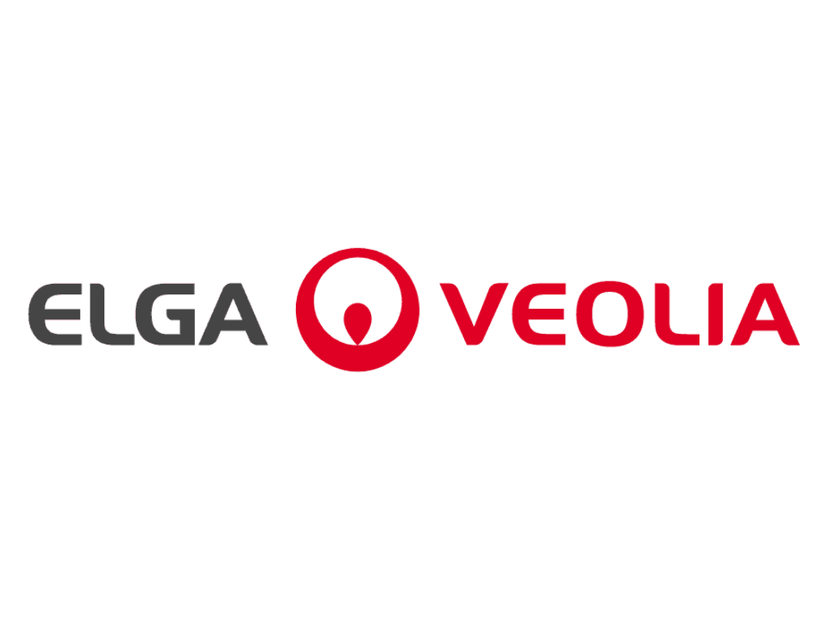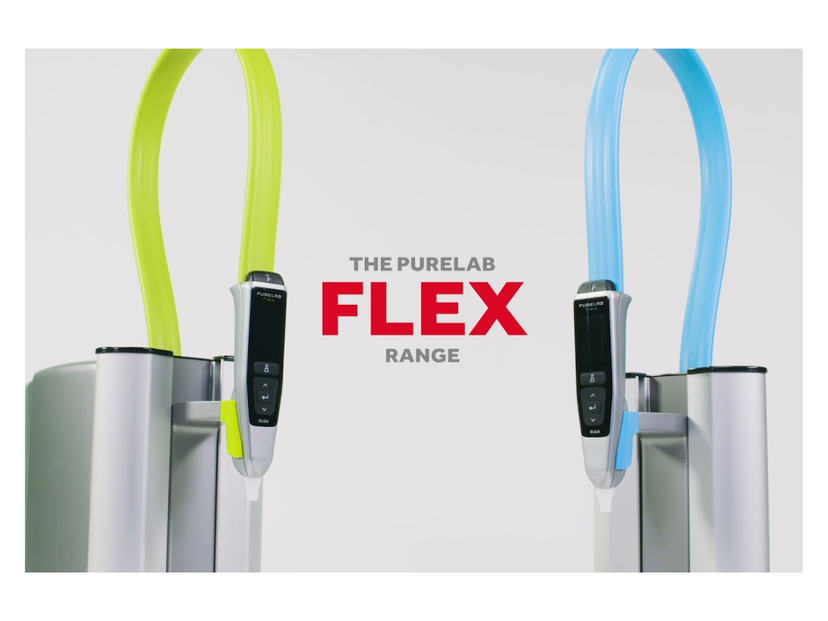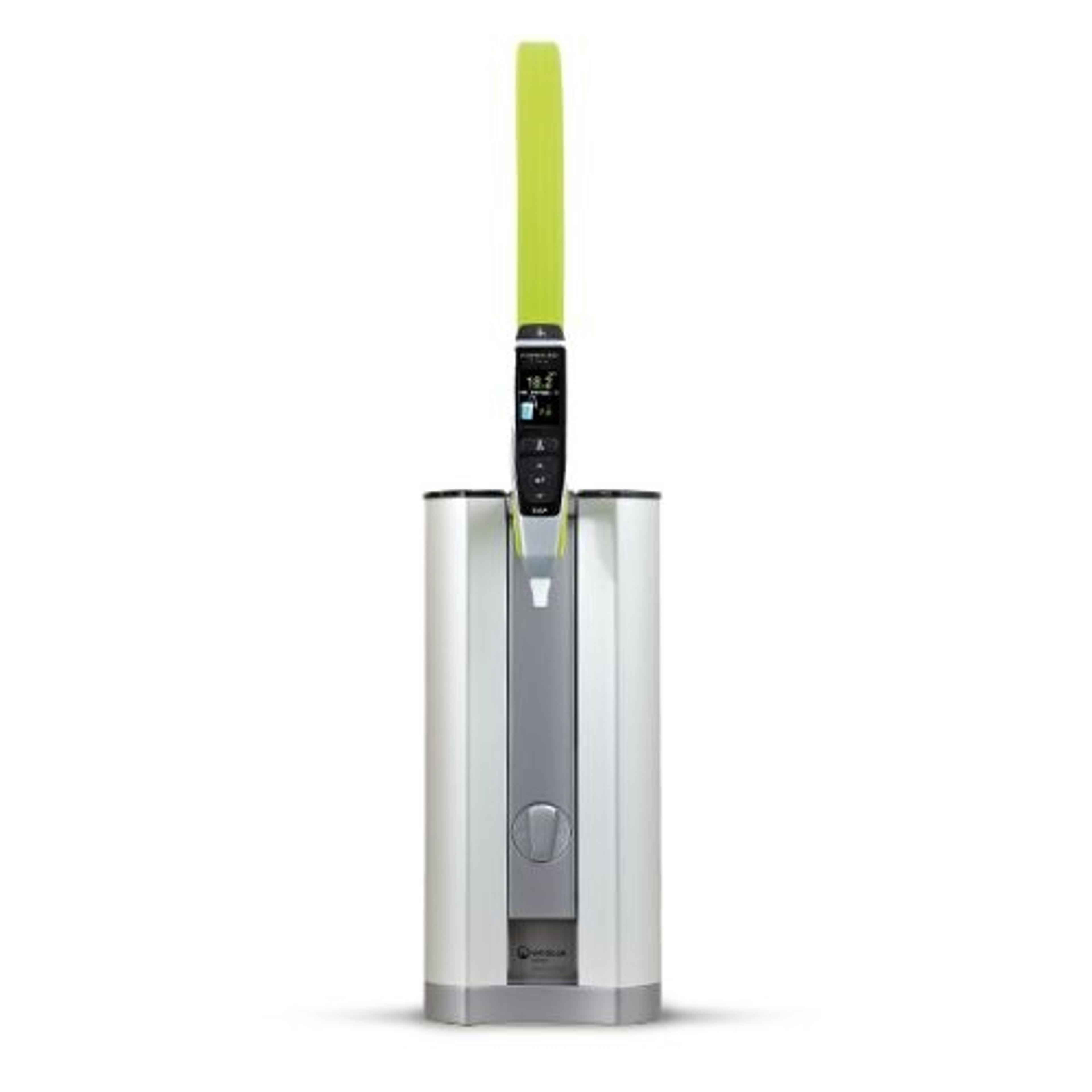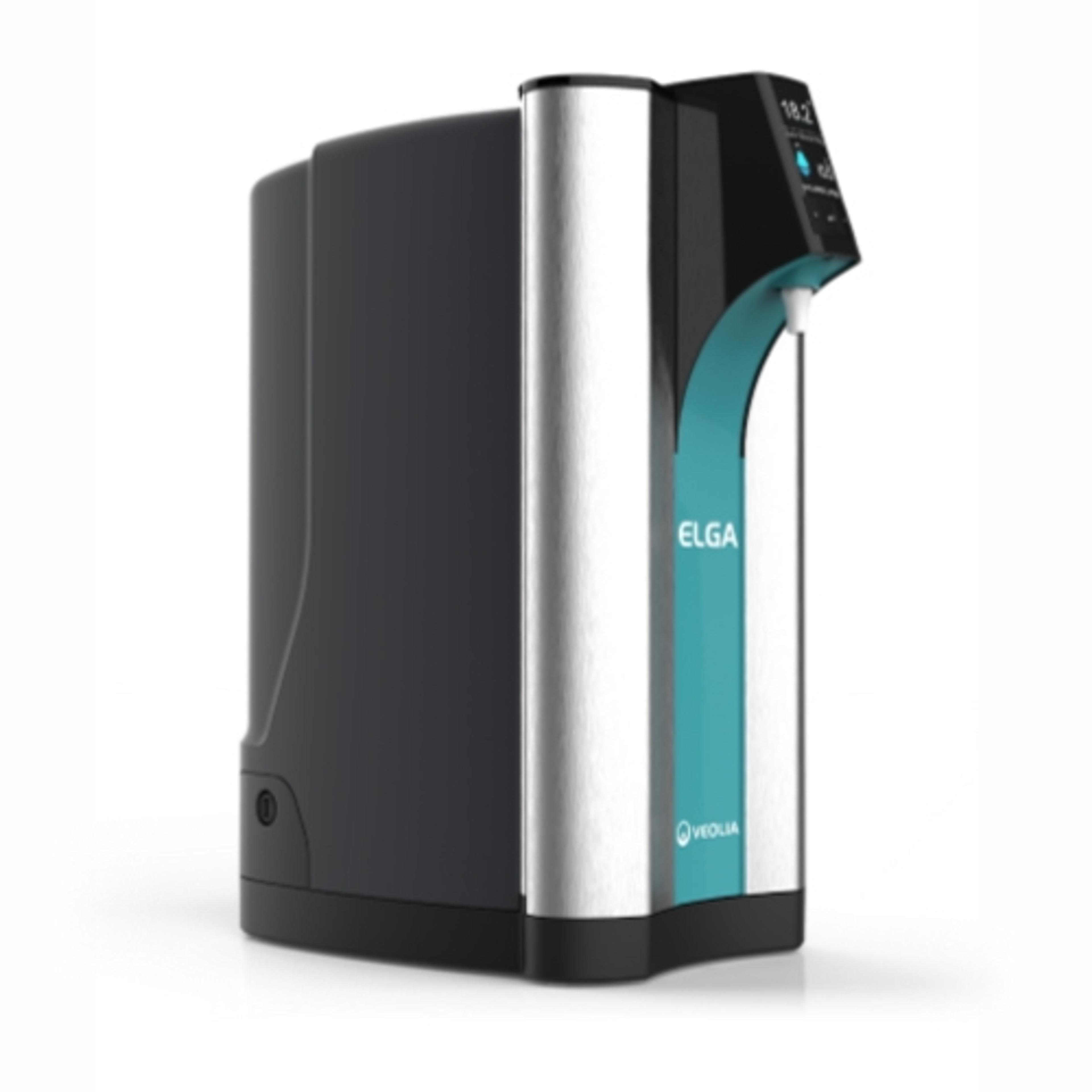Reduce your lab's carbon footprint
Explore the next-generation water purification system, the PURELAB flex from ELGA LabWater with sustainability at its core
30 Oct 2024Science plays a critical role in addressing some of the world's most pressing challenges, from developing new medicines to addressing climate change. However, the laboratories that drive scientific discovery have a significant environmental impact. With a reliance on plastic labware, an outsized appetite for energy, and the significant use of precious water, laboratories inadvertently burden our environment.

This impact is becoming increasingly apparent as concerns over climate change and resource depletion grow. For instance, the World Resources Institute projects a 40% shortfall in global freshwater resources by 2030. As a result, the call for sustainable laboratory practices and equipment has never been more urgent.
Laboratories across all sectors should pivot towards more sustainable practices to reduce their carbon footprint and minimize their impact on the environment. While there is no one-size-fits-all solution, there are several core areas that all laboratories can explore, including minimizing energy consumption, water, and plastic use.
One way to do so is to look for carbon-conscious and eco-friendly devices that can support more sustainable laboratory practices, have a lower carbon footprint, higher energy efficiency rating, and, if appropriate, optimize water use.
Deeper sustainability: A new wave of water purification systems

The latest generation of PURELAB® flex water purification systems for life science and drug discovery.
As laboratories increasingly seek solutions that minimize their environmental impact, water purification has emerged as a critical focus area. Given the reliance on high-quality water purification for diverse applications such as solutions, bioprocessing, and cleaning, it is crucial to address sustainability concerns in this context. In response to this need, ELGA designed the next-generation water purification system, the PURELAB® flex, with sustainability at its core. The system not only supports researchers in delivering high-quality science, but also offers numerous sustainability benefits, including reduced energy consumption, lower water waste, and decreased carbon emissions.
Lowered carbon footprint:
By incorporating reclaimed and sustainably sourced materials, alongside greener manufacturing processes, the PURELAB flex has significantly reduced embedded emissions.
Smart water management:
The system is equipped with advanced technologies, including a new reverse osmosis module, that deliver high-quality water while minimizing water waste, reducing the environmental impact associated with traditional purification methods.
Empowering responsible energy consumption:
Features like the eco mode coupled with an high-efficiency RO module allow users to reduce energy consumption by up to 55% without affecting workflow.
While improving sustainability is key, it is vital that water purification systems do not compromise on performance and durability. The PURELAB flex strikes this balance, prioritizing both sustainability and reliability. Its robust design and high-quality components ensure that the system maintains superior water purification performance, even after extended use. By investing in a water purification system that emphasizes longevity, laboratories can minimize the need for frequent replacements and contribute significantly to waste reduction.
By choosing products like the PURELAB flex, laboratories can take a significant step towards more sustainable practices, ensuring that they contribute to a greener future for scientific research and the planet at large.
Redefining excellence through sustainable innovation
The sustainability challenge facing laboratories will not be easy to overcome, but by employing different mitigation strategies, facilities can minimize their environmental impact. Taking steps to reduce plastic waste, energy use, and water consumption enables more sustainable research and efficient, eco-friendly lab equipment helps to support sustainability strategies. As existing equipment approaches the end of its operational life, consider factors such as energy efficiency and carbon footprint when investing in new laboratory devices.
Want the latest science news straight to your inbox? Become a SelectScience member for free today>>



